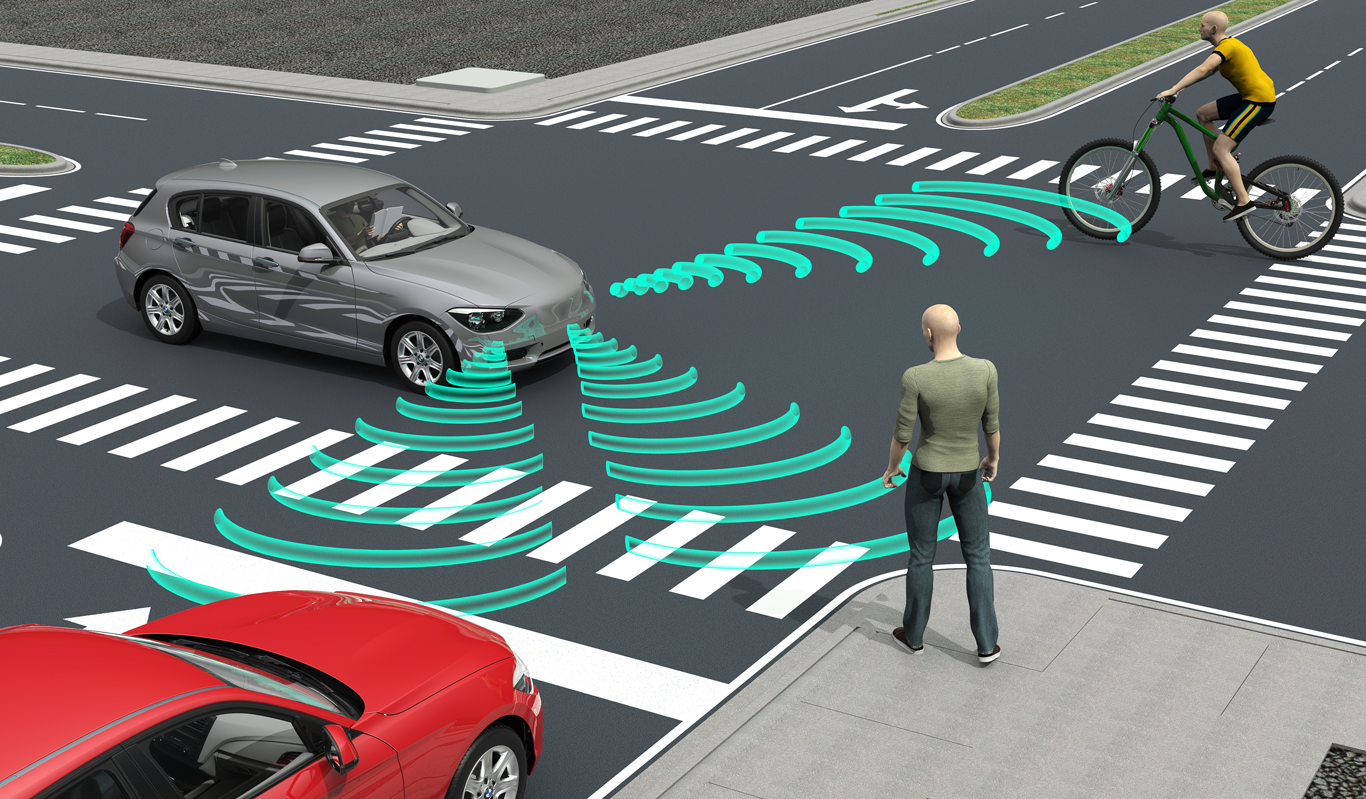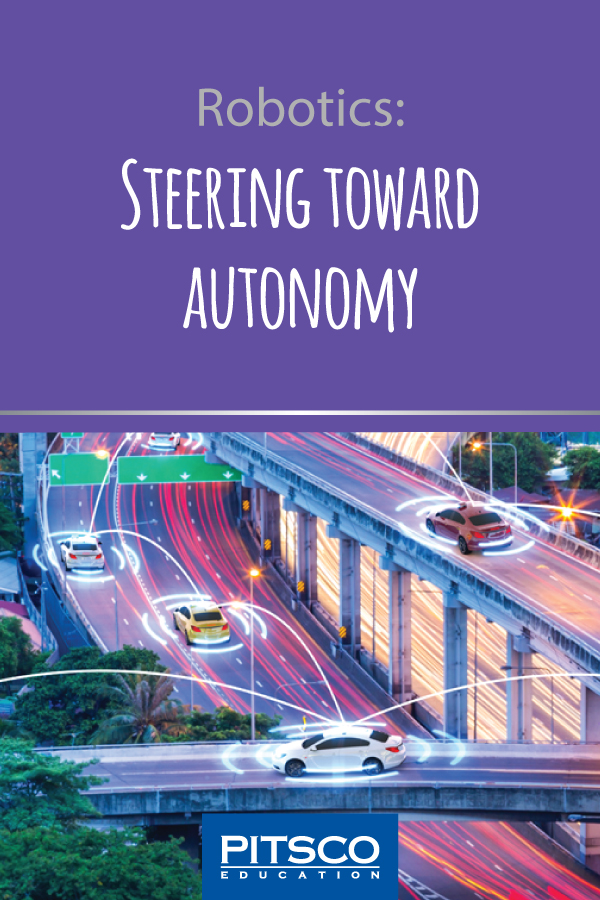“Change is the law of life. And those who look only to the past or present are certain to miss the future.”
– John F. Kennedy
Close your eyes and imagine a world without a steering wheel. Would you consider that world chaotic, or would you consider it absolute paradise? Maybe a world without a steering wheel is something you believe you’d see only in a science fiction novel. Whatever you feel, a world without a steering wheel could be closer than you think.
Do you remember the Flintstones? You know, that prehistoric family that had a dinosaur for a pet. One thing I remember about them is the vehicle they drove that they pushed with their feet. It seemed like a tremendous amount of work to go just a short distance. Even though this was a cartoon television show, it emphasized how technology has drastically changed over the years.
Science and technology are working together like never before and affecting our everyday lives. Now, we get instant alerts on our smartphones of potentially severe weather. We have devices to turn on lights in our house even when we’re not there. No matter what way you slice it, our lives are becoming more and more automatic right before our eyes – there are even cars that run autonomously.

By 2040, according to the Brookings Institution and Discover Magazine, 25 percent of all vehicles will be autonomous and annual sales from these vehicles could exceed $33 million. Think about those staggering numbers for a moment. And in 2017, this growing technology prompted the first 10 testing sites solely devoted to creating autonomous vehicles to be created by the US Department of Transportation (NationalDayCalendar.com).
I’m a huge fan of technology, so when I discovered National Autonomous Vehicle Day, I eagerly signed up to write about this cutting-edge way of getting from here to there and everywhere.
What Does the Word Autonomous Even Mean?
Merriam-Webster defines autonomous as “undertaken or carried on without outside control.” So, something that operates autonomously operates on its own without anything controlling it. In relation to vehicles, it’s a vehicle that has the capability to drive itself.
Currently, there are partially autonomous vehicles in the United States (cars and vehicles with only some degree of automation). Ride-sharing companies like Uber and Lyft already offer partially autonomous car trips in Pittsburgh and Boston (DiscoverMagazine.com). However, as of now, there are no fully autonomous vehicles on the roads (ucsusa.org).
How Do Autonomous Vehicles Work?
Companies such as Google, Uber, Tesla, and Nissan are already deeply entrenched in developing autonomous technology. Ucsusa.org explains the technology well; the systems rely heavily on a large variety of sensors that enable them to create a map of their surroundings.
Uber’s driverless system uses 64 laser beams to constantly pan the vehicle’s surroundings to detect the distance of objects around its perimeter. This sensor input is then processed in a matter of seconds with very little room for error by the car’s software, which interprets the data and signals the vehicle to speed up, slow down, brake, accelerate, or turn (or stop, of course!).

While it’s come a long way, this technology is still a work in progress. Partially autonomous vehicles still require a human driver to intervene just in case the car’s system breaks down or has a glitch.
Would You Feel Comfortable Riding in an Autonomous Vehicle?
The thought of autonomous vehicles is an interesting subject to discuss because there are mainly two sides of the fence – those who love the idea and those who, well . . . not so much.
According to Discover Magazine, there was a 2017 survey in which 56 percent of Americans stated they wouldn’t be comfortable riding in these vehicles due to trust and safety concerns. Another research study found that Americans’ biggest fear is that the vehicle might be hacked.
I definitely understand the uncertainty people face because it can be unnerving to think about giving a computer complete control in a potentially life-threatening situation. On the other hand, an article by Wired states that autonomous driving technology could save 600,000 lives by the year 2045 and will boost the global economy by $7 trillion, including $2 trillion added to the United States economy.
What’s Next?
There are always two ends to any spectrum, especially with a topic such as autonomous cars. Whichever end of the spectrum you’re on, this is certainly an intriguing discussion you can hold in your classroom, considering that the technology is on its way.
You can talk with your students about the potential impact autonomous vehicles might have on the world around them or dive into the technology and STEM connections, especially if you have access to programmable robotics kits, so students can use sensors in their robot design, gain knowledge to understand the technology behind autonomous vehicles, and prepare for their future.
What Are Your Thoughts About Autonomous Vehicles?
We’d love to hear what you think about this emerging technology. Be sure to share your thoughts on autonomous vehicles by using #AutonomousVehicleDay on social media or type a few thoughts in our comments section.
Sources:
“National Autonomous Vehicle Day”
“Autonomous Cars”
“Self-Driving Cars Explained”
“Pitt Stop: Inside Uber’s Driverless Car Experiment”

TOPICS: ROBOTICS, Science, Technology, Future Ready, TETRIX Robotics, 21st Century Skills, innovate



